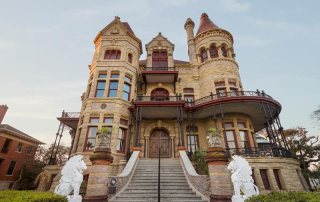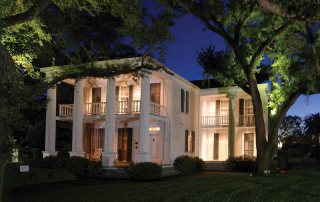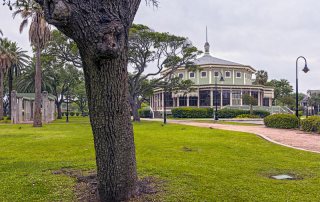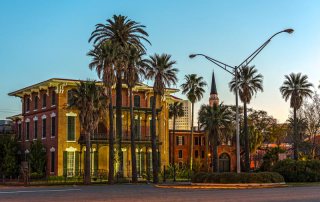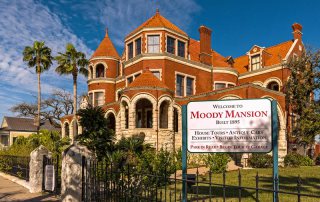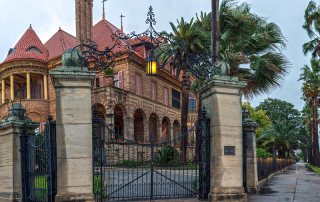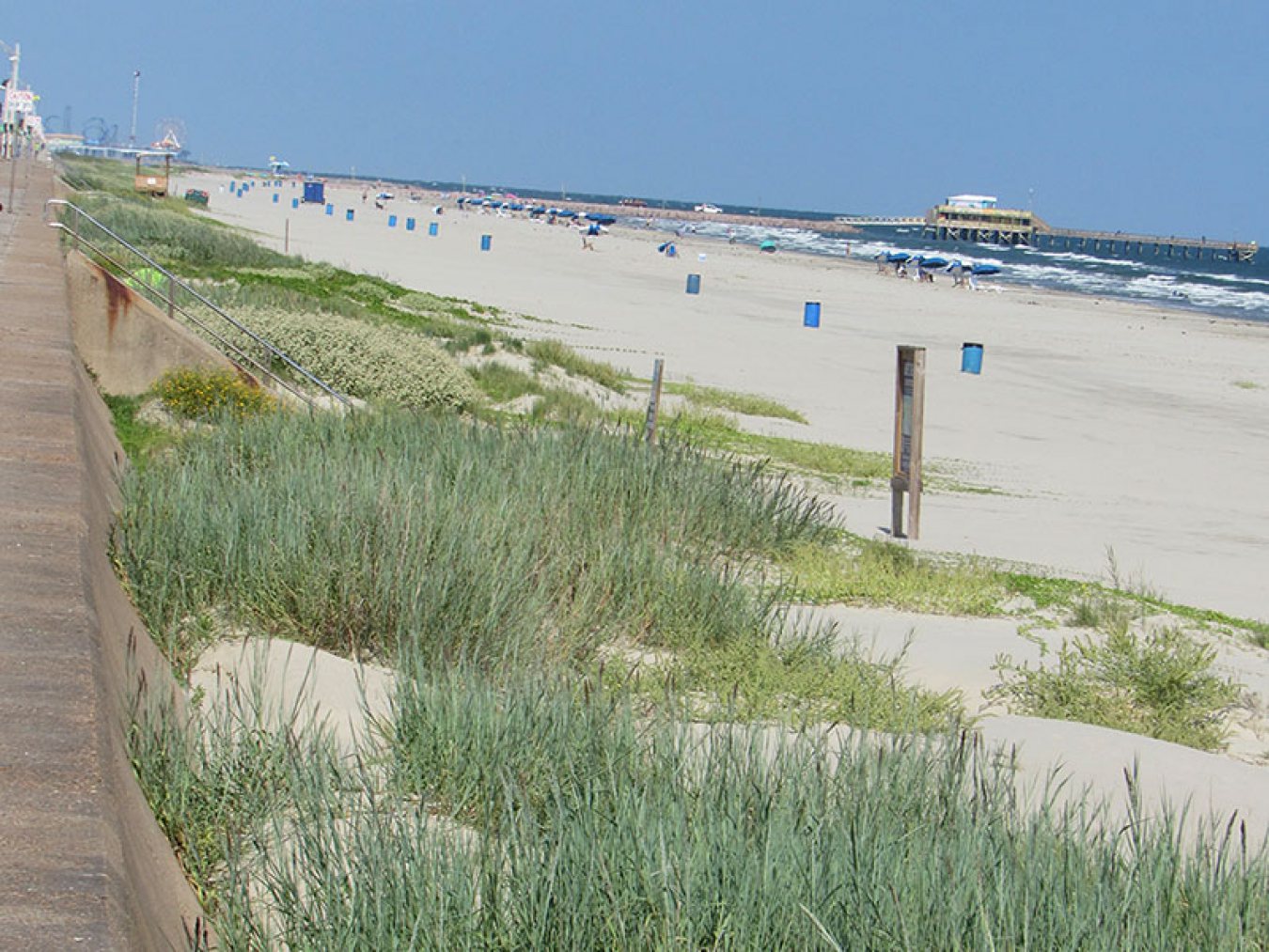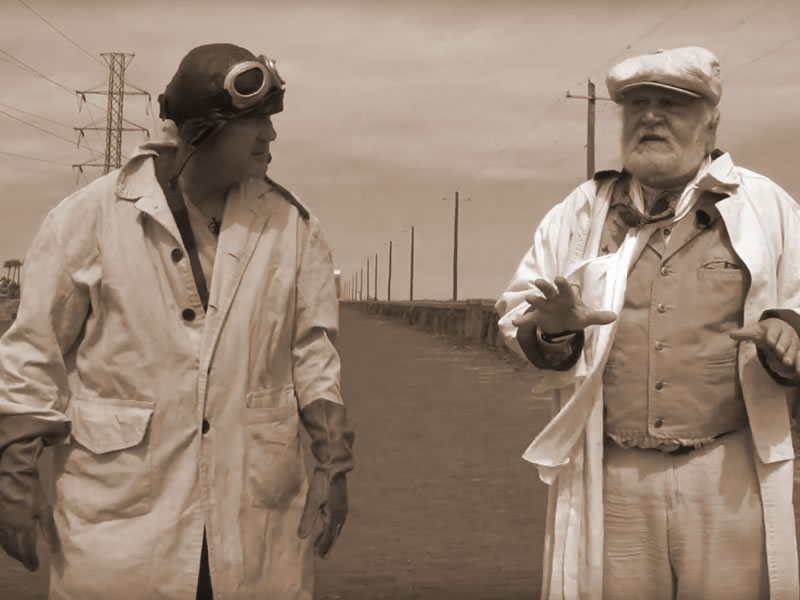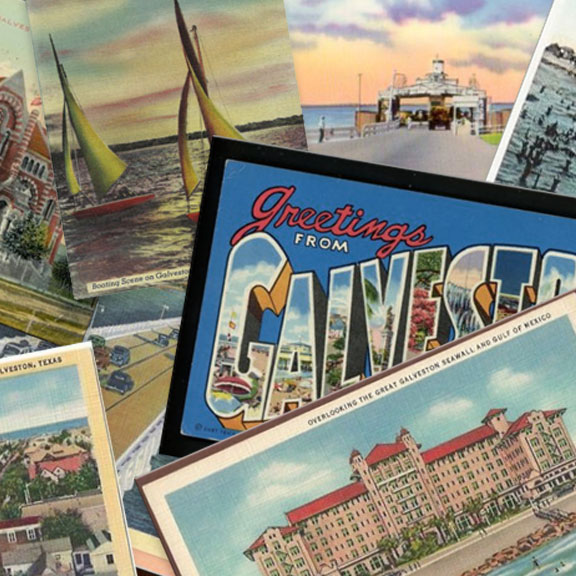
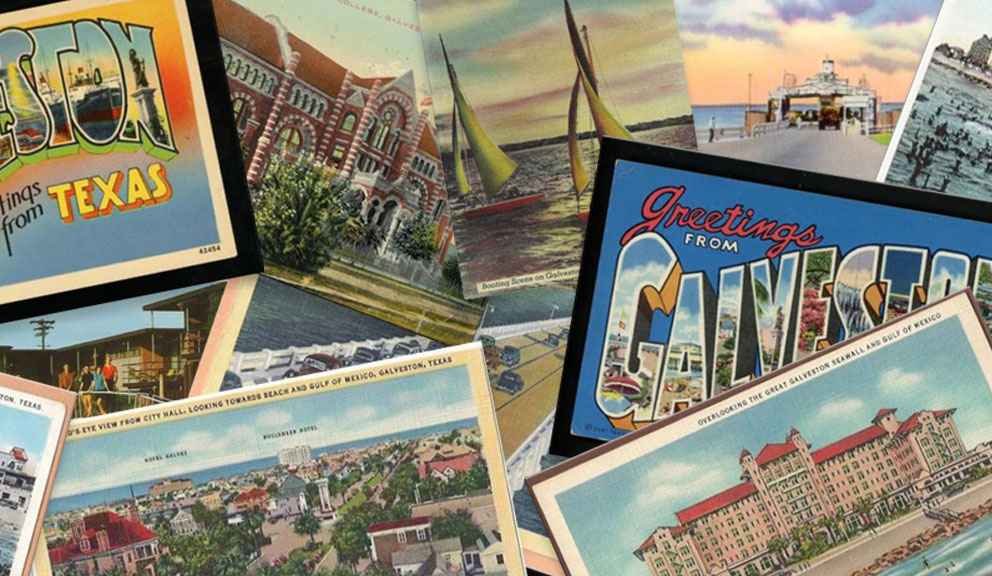

History of Galveston
Galveston Island. Her Time Has Come, Again.
Part Southern, part Texan, abloom with towering oleanders of every color and encompassing more history and stories than cities 20 times its size, Galveston is often called “The Republic of Galveston Island” by its residents because it is so unlike the rest of Texas.
Samuel B Jewelry
Experience a Fishing Adventure!
Explorers & Settlers
In 1528, when the first Europeans landed, Galveston Island was home to Akokisa and Karankawa Indians who camped, fished and hunted the swampy land and buried their dead here. The Spanish explorer Cabeza de Vaca was shipwrecked on the Island and lived among the Karankawa for several years as a medicine man and slave. In the late 1600’s, French explorer Robert Cavelier La Salle claimed this area for King Louis and named it St. Louis.
Galveston was named for Bernardo de Gálvez, a Spanish colonial governor and general. Gálvez sent Jose de Evia to chart the Gulf of Mexico from the Texas coast to New Orleans, and on July 23, 1786, de Evia charted an area near the mouth of a river and named it Galveston Bay. Later, the island and city took the same name. Bernardo de Gálvez died the same year, never setting foot on his namesake island.
How can you resist a town whose first known European settler is a pirate? The cultured and debonair privateer Jean Lafitte established the colony of Campeche on Galveston Island in 1817, numbering about 1,000 people at its peak. Lafitte was eventually forced to leave (burning his town behind him), and Galveston as we know it was founded by Michel Menard and Samuel May Williams, among others. The homes of these early island pioneers are still standing.
An Island of Firsts
Everything is bigger in Texas and in the nineteenth century, everything in Texas was done first in Galveston. Incorporated in 1839, Galveston quickly became the most active port west of New Orleans and the largest city in the state. This exciting and sophisticated city built the state’s first post office, first opera house, first hospital, first golf course, first country club…the list goes on and on.
However, the flittering town was hit by one “first” that was devastating: on September 8, 1900, Galveston was battered by what stands as the most deadly natural disaster to strike this country, known 100 years later as the Great Storm. At the time of the 1900 Storm, Galveston had a population of 37,000 and was the fourth largest city in Texas following Houston, Dallas and San Antonio. One-third of the city was completely destroyed, more than 3,600 buildings. More than 6,000 people were killed – so many, in fact, that the bodies were too numerous for conventional burials. At first, they were weighted and buried at sea; later they washed ashore. From that point on they were burned on funeral pyres all over the city. The 1900 Storm looms large in the island’s collective memory as Galveston families pass down stories of survival and loss. For the complete dramatic story, the film The Great Storm (shown daily at Pier 21 Theatre in the Strand district) is well worth seeing.
Those who stayed were more determined than ever to persevere, and they raised the entire level of the city by eight feet, 17 feet at the Seawall, slanting the ground so water would run off into the bay. (Interesting note: The engineer responsible for this remarkable feat was Henry Martyn Robert, who also developed Robert’s Rules of Order.) The grade raising was so successful that when another hurricane as ferocious as the 1900 storm swept down on Galveston in 1915, the city was safe and only eight people were killed.
However, Galveston never returned to being the city it once was. Prosperous because of its port, Galveston commerce was eclipsed when Houston dug its Ship Channel in 1917. Starting with Prohibition-era bootlegging, Galveston evolved into a gambling and drinking resort town. At the high end was Sam and Rose Maceo’s star-studded Balinese Room, and at the low end were numerous saloons for wayward sailors. However, this era came to a dead halt on June 10, 1957 when the Texas Rangers raided the city – serving injunctions against the gambling joints and yes, taking axes to the slot machines – ending gambling in Galveston for good.
Rebirth & Renewal
The Island languished for years. Then, in the early ‘80s, Galveston began a campaign of renewal that has been splendidly successful. Galveston-born oilman, George Mitchell, led the revitalization effort, focusing first on overhauling and promoting the Historic Downtown District, which contains one of the largest and most well-preserved concentrations of Victorian iron-front commercial architecture in the country. A dedicated team brought the 1877 Tall Ship ELISSA to Galveston and restored it to its glory days of full white sails and exquisite wooden cabinetry: the high-sailing old beauty became the symbol of the new Galveston.
The excitement building, city leaders next revived the Mardi Gras celebration by commissioning an array of the world’s most famous architects to design fantastical Mardi Gras arches to span the streets of The Strand district. More than half a million people now flock to the Island for the city’s annual Mardi Gras celebration. The Galveston Historical Foundation went into high gear, encouraging preservation and restoration and currently more than 2,000 buildings in town are listed on the National Register of Historic Places.
Navigating Galveston
At 32 miles long and two-and-a-half miles wide, the island is surrounded with incredible history and unique beauty – and easy to get to and around. If you’re staying on the Seawall or in the Strand Historic District, you can easily explore the city by renting bikes, hopping an historic trolley, or hailing an Uber or taxi. Coming to or leaving the Island? There are a number of limo and bus services, as well as the free, 24-hour Galveston Island Ferry link to the Bolivar Peninsula.



